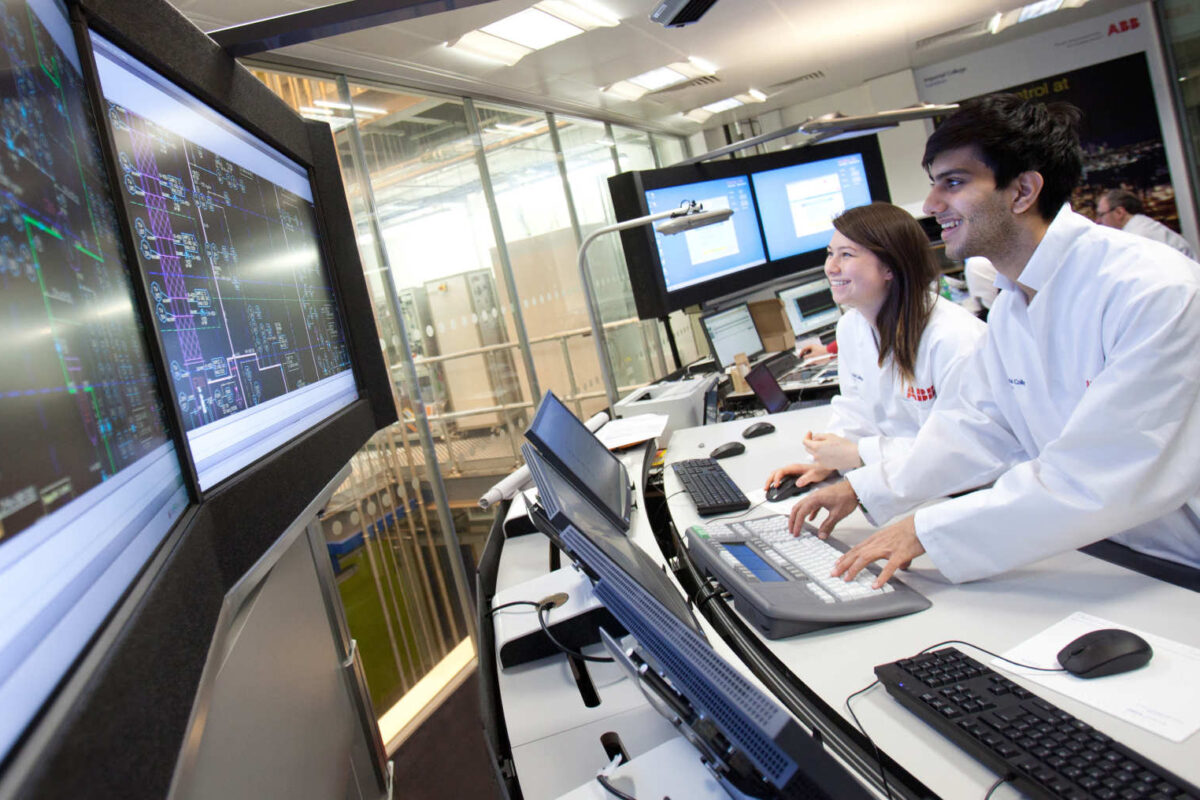Circular production systems offer a fundamental shift in our approach to production. We are developing novel circular systems for multiple applications, taking into account their highly integrated nature and their reliance on myriad novel technologies.
Our world faces the dual challenge of reducing the use of non-renewable resources and of reducing pollution, whether from carbon dioxide emissions, plastics and other chemicals that sustain our daily lives. Sargent Centre researchers are helping the chemical industry reinvent itself through a profound transformation into a fossil-independent, climate- positive and environmentally-friendly circular chemical economy.
They use advanced modelling, whole system optimisation and life-cycle analysis to invent sustainable technologies and to identify the most impactful pathways to circular economy. The Sargent Centre is a key actor in the UK’s multi-university Centre for Circular Chemical Economy, leading the theme on Process Integration & Whole System Optimization, where we assess the performance of alternative routes to key chemicals (e.g. olefins) from CO2 streams, solid waste and biomass, and investigate the trade-offs inherent to chemical circularity to guide the selection and deployment of chemical recycling technologies.
The use of CO2 as a feedstock for the manufacturing of sustainable surfactants and their use in cleaning products is also being investigated within a similar framework, in first-of-a-kind collaboration with partners that span the entire supply chain. This provides an unprecedented opportunity to achieve tighter integration to improve the overall economic and environmental performance of the entire system.
Sargent Centre researchers also collaborate with researchers at the Technical University of Munich on new, sustainable, approaches to the physical recycling of plastics, focusing on polymer recovery for reprocessing via dissolution into appropriate solvents. This is minimally disruptive approach has the potential to remove impurities and enable the recovery of the polymer for immediate reuse. This is in contrast to chemical methods that result in the decomposition of the polymer into monomers and require synthesizing the desired polymer anew. The research team is developing predictive models of phase behaviour in polymer-impurity-solvent mixtures, focusing specifically on polyethylene and polystyrene. They are integrating these thermodynamic models within process models, optimising both the process conditions and solvent / solvent mixtures to achieve best performance.









